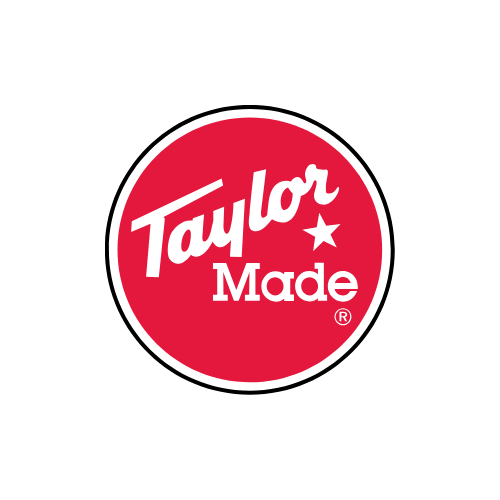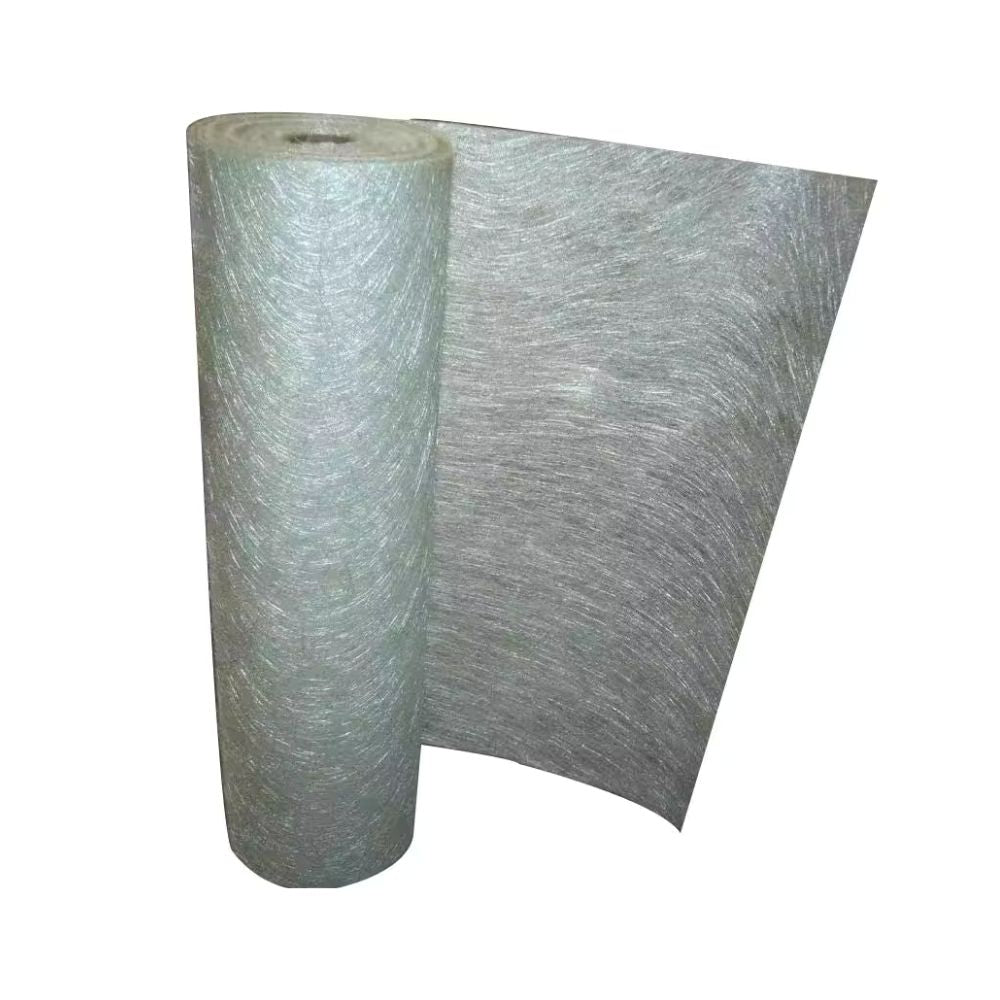
What Is Chopped Strand Mat? A Beginner's Guide to Fiberglass Mat
We’re diving into the basics of chopped strand mat (CSM)—also commonly referred to as fiberglass mat. Whether you’re working on boat repairs, molds, or general fiberglass projects, understanding how CSM works is essential.
What Is Chopped Strand Mat?
Chopped strand mat is the most commonly used type of fiberglass reinforcement. It differs from fiberglass cloth, mainly in cost and composition. CSM is generally more affordable and consists of randomly oriented glass fibers held together by a resin binder.
Common Weights
CSM is available in various weights, including:
- ¾ oz
- 1 oz
- 1.5 oz
- 2 oz
- 3 oz
Note: These weights are calculated per square foot, not per square yard.
What Is Chopped Strand Mat Used For?
Chopped strand mat is often used as the first layer in mold-making, laid directly against the gel coat. This placement helps reduce print-through, which is when the pattern or weave of fiberglass shows on the finished surface.
When making a mold entirely from chopped strand mat, you’ll typically need 5 to 8 layers for sufficient strength and thickness. CSM is also used between layers of fiberglass cloth to build thickness, especially in parts where strength matters more than weight.
Tip: If you're building a lightweight part, avoid using chopped strand mat as it adds bulk and weight.
Compatibility with Resins
CSM is bound together using a polyester-based binder, which makes it incompatible with epoxy resin. It should only be used with:
- Polyester resin
- Vinyl ester resin
Application Tips
One of the benefits of chopped strand mat is that it doesn’t require precision cutting. It can easily be torn by hand, leaving a feathered edge that blends seamlessly into other pieces. This helps avoid hard seams in your laminate layers.
Demo: Laminating a Complex Shape
Here's a quick breakdown of the process:
Safety First
Before working with fiberglass, always wear:
- Safety glasses
- Latex or vinyl gloves
- A respirator
- Tyvek coveralls (to protect your skin and clothes)
- Always work in a well-ventilated area
Step-by-Step Process
-
Clean the Surface
Use acetone to remove dirt, oils, and residues. -
Apply Mold Release
Wax on, let dry, wipe off. Repeat for 4–5 coats.
For new molds, also use Partall #10 spray for extra release protection. -
Mix Your Resin
For the demo, we used 2 oz of orthophthalic laminating resin with 1% MEKP catalyst. Stir thoroughly. -
Lay Down the Mat
Place the chopped strand mat on your surface. Apply resin from the center outward using a brush or roller. -
Saturate the Mat
As resin saturates the mat, the binder dissolves, allowing the fibers to move and conform to the surface. -
Trim Excess Fiberglass
Once the resin reaches the “green stage” (tacky but firm), trim using scissors or a razor. -
Let It Cure & Demold
Allow the part to fully cure. In most cases, you may use a wedge to separate the mold, though it wasn't necessary in this example.
Final Thoughts
Chopped strand mat is a versatile and beginner-friendly material in the fiberglass world. From molds to structural layers, it plays a vital role—especially when used correctly with the right resins and techniques.
Next post

Best Resin for Fiberglassing: Polyester vs. Epoxy vs. Vinyl Ester
Updated on 24 March 2025


















